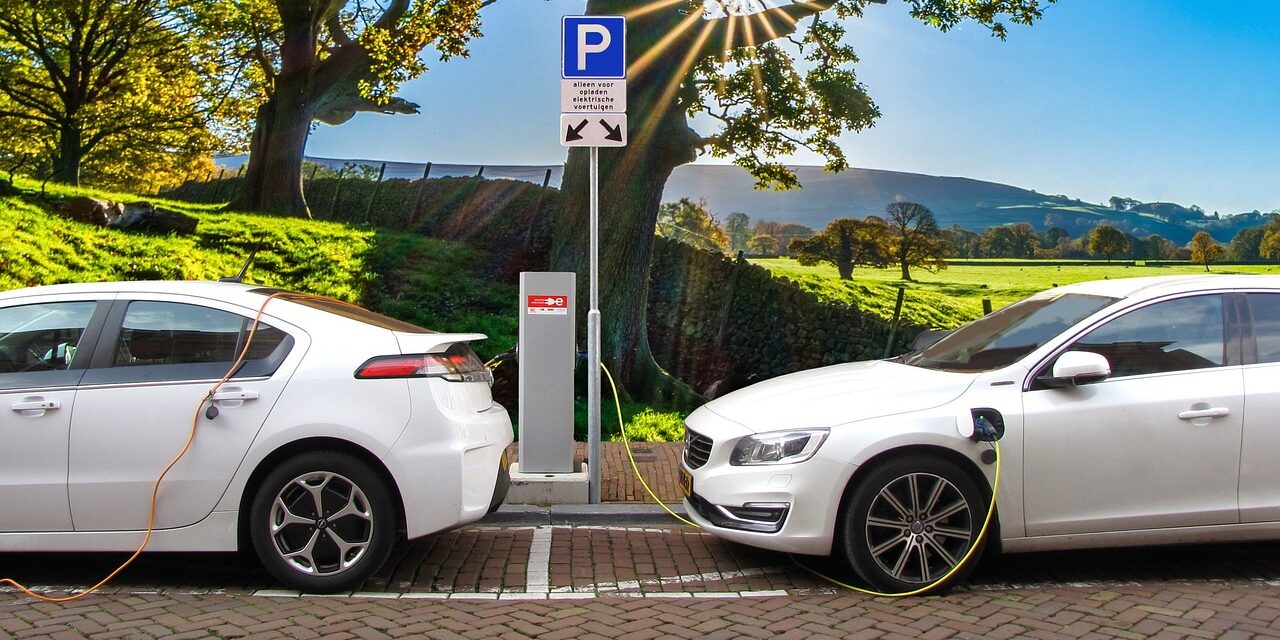The advent of the automobile has profoundly revolutionized the way individuals transport themselves and interact with their environment. Among the myriad innovations that have emerged over the last century, the hybrid car represents a significant shift towards a more sustainable automotive future. The major differences between hybrid cars and traditional gasoline vehicles can be distilled into several key categories: the underlying technology, environmental impact, fuel economy, maintenance needs, and cost implications.
Underlying Technology
Hybrid cars derive their power from two different sources: an internal combustion engine (ICE) and an electric motor. This dual powertrain system allows the vehicle to operate more efficiently than traditional gasoline cars, which rely solely on an ICE. The combination of these two systems enables hybrid vehicles to optimize energy use. For instance, during low-speed operations, such as idling or cruising, the electric motor primarily powers the vehicle, while the gasoline engine can take over during acceleration or when additional power is needed.
The first commercially successful hybrid vehicle, the Toyota Prius, was launched in Japan in 1997 and has since become a symbol of the hybrid movement. As of 2021, global sales of hybrid vehicles surpassed 10 million, illustrating a growing acceptance of this technology.
Environmental Impact
When evaluating the environmental footprint, hybrid cars generally exhibit a reduced impact when compared to traditional gasoline vehicles. This reduction primarily stems from lower carbon dioxide (CO2) emissions. According to the U.S. Environmental Protection Agency (EPA), the average gasoline car emits approximately 404 grams of CO2 per kilometer, while a typical hybrid vehicle emits around 70 to 100 grams, depending on the model and driving conditions.
Moreover, hybrids contribute to decreased air pollution, as their efficiency allows for fewer tailpipe emissions of harmful pollutants such as nitrogen oxides (NOx) and particulate matter. Proponents argue that as cities grapple with air quality issues and climate change, the transition to hybrid vehicles can serve as a vital step toward achieving more sustainable urban environments.
Fuel Economy
Fuel economy is another distinct domain where hybrid cars outshine their gasoline counterparts. The EPA often rates hybrid cars with fuel efficiencies that greatly exceed standard gasoline vehicles. For example, as of 2021, the Toyota Prius boasts an impressive 56 miles per gallon (mpg), whereas the average gasoline car achieves only around 25 mpg. This stark contrast not only highlights the operational efficiency of hybrids but also demonstrates potential long-term savings for consumers in terms of fuel costs.
Furthermore, hybrid vehicles can function in electric-only mode under certain conditions, allowing them to operate without consuming any fossil fuels. For example, the Ford Fusion Hybrid can drive up to 21 miles on electric power alone, not only conserving fuel but further minimizing emissions.
Maintenance Needs
In terms of maintenance, hybrid vehicles present a mixed picture compared to traditional gasoline vehicles. On one hand, hybrids often require less frequent maintenance on their brake systems due to regenerative braking technology, which recaptures energy normally lost during braking, extending the life of brake components. Conversely, the complexity of their dual powertrains can make repairs more intricate and potentially more costly. For instance, the battery packs used in hybrids may need replacement after 8 to 10 years and can range from $2,000 to $6,000, depending on the model.
Cost Implications
The purchase price of hybrid vehicles is typically higher than that of gasoline counterparts due to their advanced technology and components. As of 2021, the average cost of a hybrid vehicle was approximately $29,000, compared to $23,000 for a conventional gasoline vehicle. However, these initial costs can often be offset by fuel savings and government incentives in many regions designed to encourage the adoption of environmentally friendly technologies.
Conclusion
In conclusion, the discussion engendered by the differences between hybrid and gasoline vehicles extends beyond mere numbers and statistics; it embodies a broader narrative concerning environmental stewardship, technological advancement, and consumer choice. With their unique dual powertrain systems, hybrids offer pronounced benefits in terms of fuel efficiency and lower emissions. However, the higher initial costs and complex maintenance needs remain notable considerations for prospective buyers. As the automotive industry continues to evolve, it is essential to engage with these differences to navigate toward a sustainable future in transportation.

